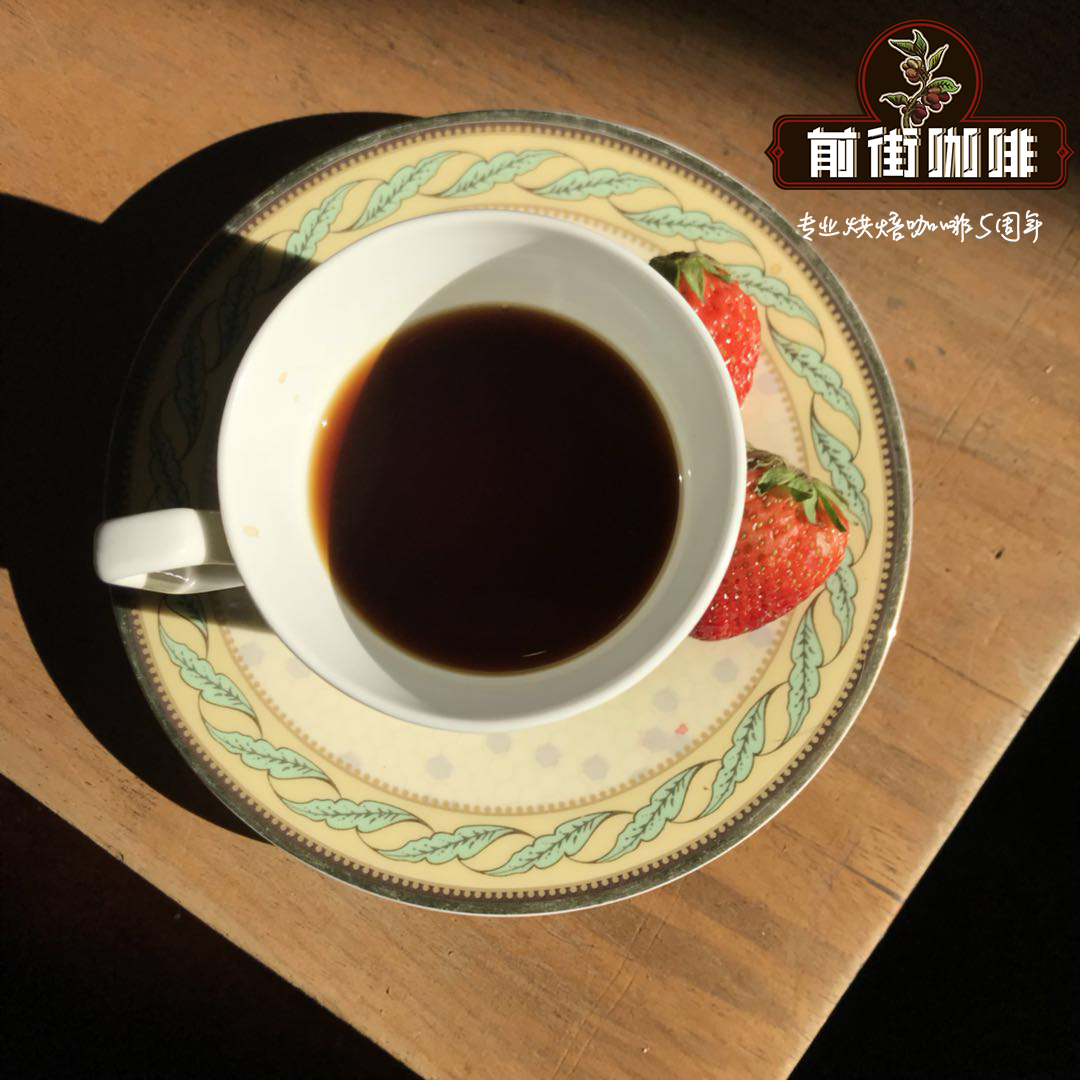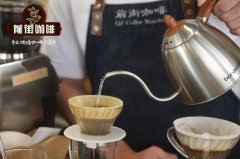Papua New Guinea | Lamali Valley Lamari in the western highland region | Arusha, San Ramo

Professional coffee knowledge exchange more coffee bean information please follow the coffee workshop (Wechat official account cafe_style)
Papua New Guinea | Lamari of the Lamali River Valley in the western highland region | what is the flavor of washed beans in Arusha and San Ramon?
PNG is a very diverse country with more than 800 different languages, and PNG is a very diverse country with more than 800 different languages. Most Highland tribes had no contact with whites until the 1930s, because few people explored PNG, and PNG is now an area full of Western influence and aboriginal traditions. Most Highland tribes had no contact with whites until the 1930s, because few people explored PNG, and PNG is now an area full of Western influence and aboriginal traditions. The commercial production of coffee in Papua New Guinea began in the 20th century, when the Jamaican Blue Mountain was introduced from Jamaica in the 1920s, when most of the coffee production came from 18 large estates. these estates also retain cash in Papua New Guinea, but account for only 15% of the total production.
Most of the production currently comes from coffee produced by small farmers in their own coffee gardens (garden) because they say they are local. The coffee grown in small farmers' coffee gardens may range from dozens to hundreds, and the yield of raw coffee beans can range from 25 to 65 kilograms.
The commercial production of coffee in Papua New Guinea began in the 20th century, when the Jamaican Blue Mountain was introduced from Jamaica in the 1920s, when most of the coffee production came from 18 large estates. these estates also retain cash in Papua New Guinea, but account for only 15% of the total production. Most of the production currently comes from coffee produced by small farmers in their own coffee gardens (garden) because they say they are local. The coffee grown in small farmers' coffee gardens may range from dozens to hundreds, and the yield of raw coffee beans can range from 25 to 65 kilograms.
Lamari Valley coffee is one of the best PNG, without the use of chemical fertilizers, pesticides and fungicides, processing and drying of small-scale growers and sales are concentrated in the collection station Baroida shelled, graded and ready for export.
Ramali Valley in the producing area
Western Highlands (Western Highlands)
1400-1800 meters above sea level
Varieties Arusha, Blue Mountain, San Ramon
Small farmers, members of producers
The annual rainfall is about 1800-2000 mm
Sun drying of scaffolding after full washing by treatment
Flavor introduction: typical sugarcane and sweet potato, soft but lively and sour, solid syrup taste, thick finish with vanilla flavor.
Qianjie recommendation:
Filter cup: Hario V60
Water temperature: 90 degrees
Degree of grinding: small Fuji 3.5
Cooking methods: the ratio of water to powder is 1:15, 15g powder, the first injection of 25g water, 25 s steaming, the second injection to 120g water cut off, waiting for the powder bed water to half and then water injection, slow water injection until 225g water, extraction time about 2:00
Analysis: using three-stage brewing to clarify the flavor of the front, middle and back of the coffee. Because V60 has many ribs and the drainage speed is fast, it can prolong the extraction time when the water is cut off.
Important Notice :
前街咖啡 FrontStreet Coffee has moved to new addredd:
FrontStreet Coffee Address: 315,Donghua East Road,GuangZhou
Tel:020 38364473
- Prev

Brazilian birch coffee beans delicious?_Brazil Fazenda Camocim Manor Information
Professional coffee knowledge exchange More coffee bean information Please pay attention to coffee workshop (Weixin Official Accounts cafe_style) Brazil, as the world's largest coffee producer, has not been in the spotlight in recent years. Many times our evaluation of Brazilian coffee is balanced, with a nutty caramel cream chocolate flavor presentation, high body and perfect blending beans. But Bai Hua
- Next

Suggestion on brewing parameters of yellow bourbon coffee in Kakenki Farm, Brazil. Introduction to Camominas, Brazil.
Professional coffee knowledge exchange more coffee bean information please follow the coffee workshop (Wechat official account cafe_style) miraculous soft tropical fruit samba dance music still remember I heard in 2015 like the coffee world Oscar-Cup of Excellence cup, the Brazilian coffee division champion with an unprecedented 95.18 points, the runner-up is also the brave and tenacious 93.82
Related
- Detailed explanation of Jadeite planting Land in Panamanian Jadeite Manor introduction to the grading system of Jadeite competitive bidding, Red bid, Green bid and Rose Summer
- Story of Coffee planting in Brenka region of Costa Rica Stonehenge Manor anaerobic heavy honey treatment of flavor mouth
- What's on the barrel of Blue Mountain Coffee beans?
- Can American coffee also pull flowers? How to use hot American style to pull out a good-looking pattern?
- Can you make a cold extract with coffee beans? What is the right proportion for cold-extracted coffee formula?
- Indonesian PWN Gold Mandrine Coffee Origin Features Flavor How to Chong? Mandolin coffee is American.
- A brief introduction to the flavor characteristics of Brazilian yellow bourbon coffee beans
- What is the effect of different water quality on the flavor of cold-extracted coffee? What kind of water is best for brewing coffee?
- Why do you think of Rose Summer whenever you mention Panamanian coffee?
- Introduction to the characteristics of authentic blue mountain coffee bean producing areas? What is the CIB Coffee Authority in Jamaica?

